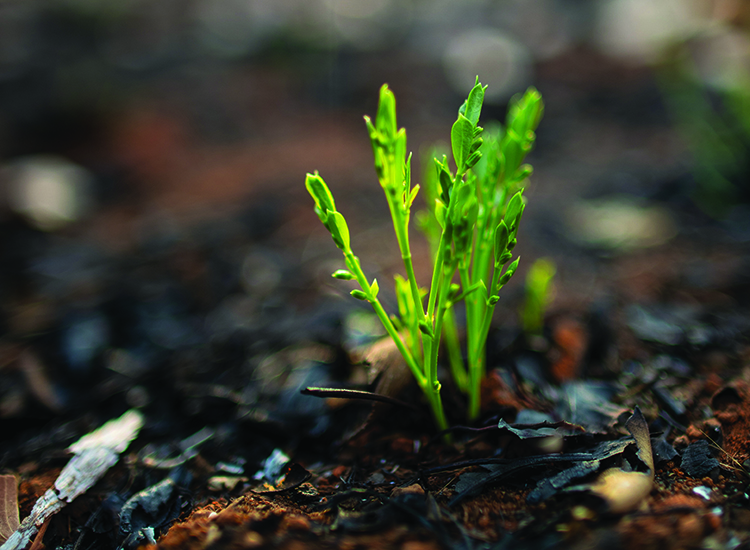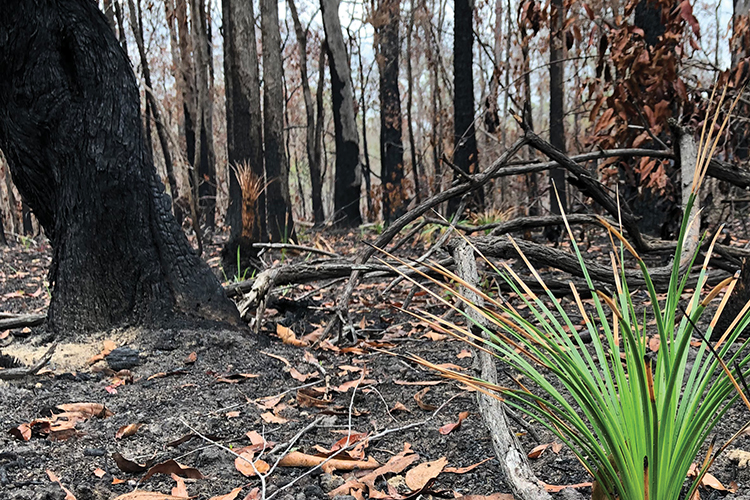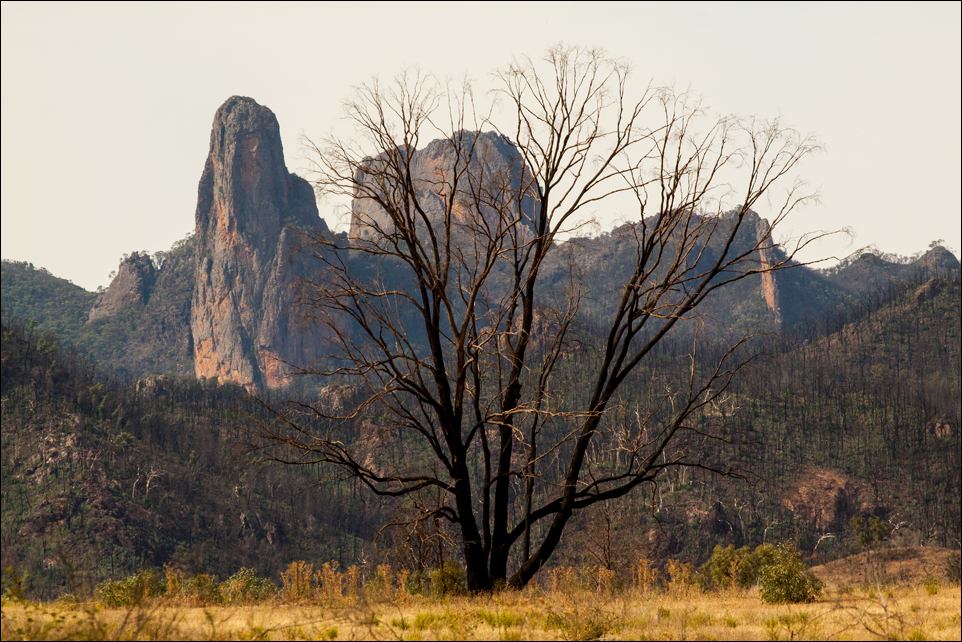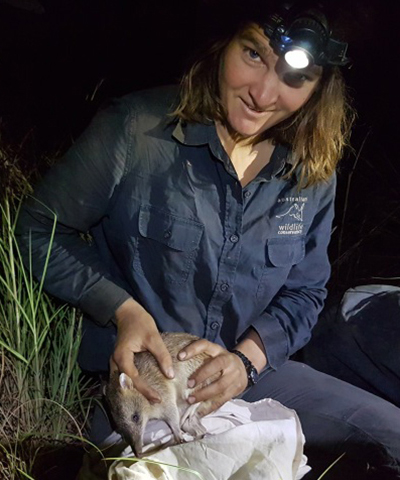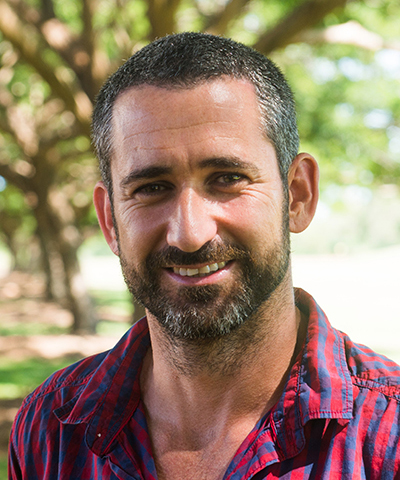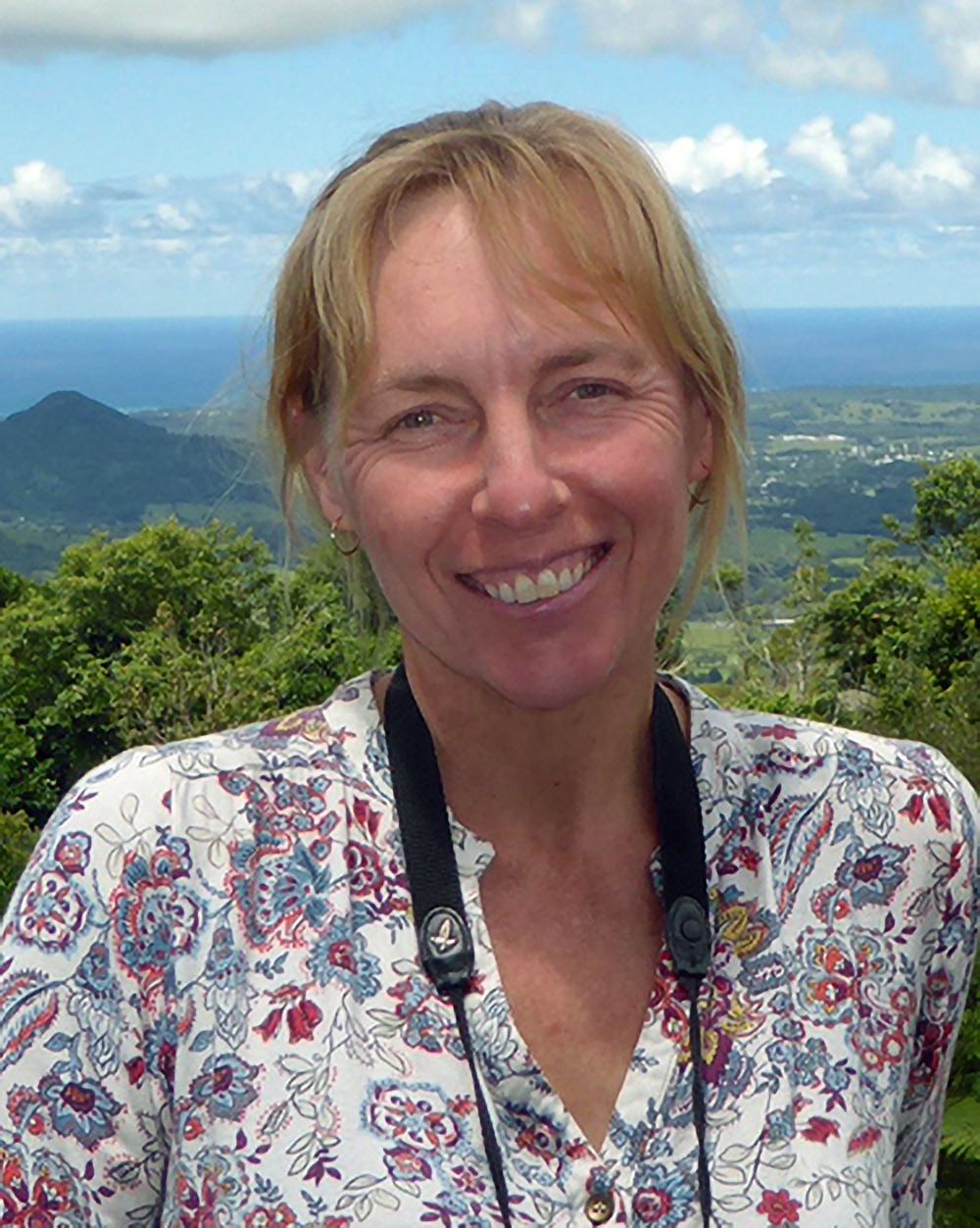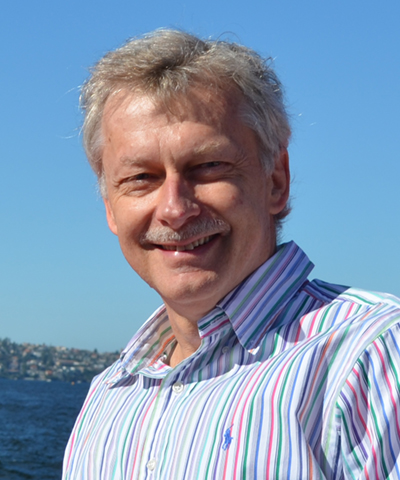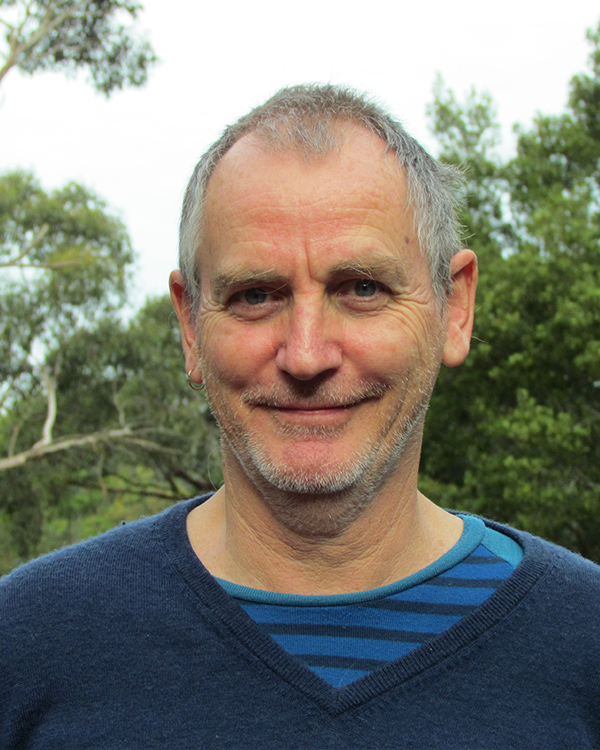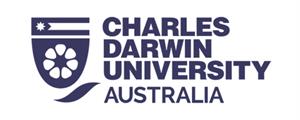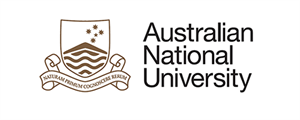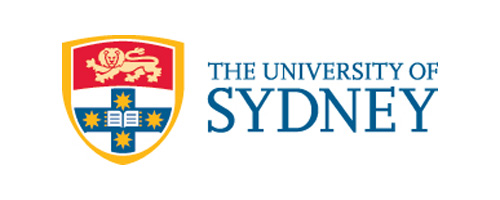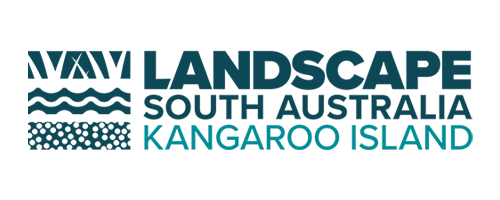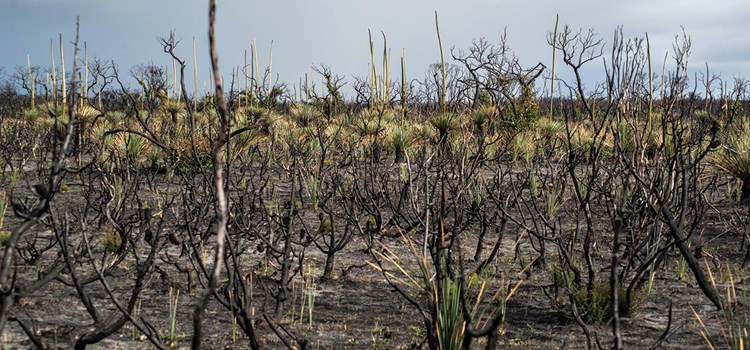
Project: 8.4.1
Post-fire changes in feral cat density across Kangaroo Island
Project Leaders: Rosemary Hohnen
Research in Brief
The project builds on existing data to understand how a large-scale fire has impacted feral cat densities on Kangaroo Island. Intensive camera trap sampling from September 2017 to December 2018 allowed for reliable estimates of the densities of feral cats to be made at nine sites across Kangaroo Island. Six of these nine sites were burnt in a catastrophic fire in early 2020. This project will re-sample all of these sites (including unburnt “control” sites) at two time periods post-fire (3–6 months and 9–12 months). Analysis will describe how cat densities were reduced in burnt areas and how long it might take for their numbers to recover.
Why is the research needed?
The impacts of intense and extensive wildfire on many native animal species are likely to be compounded in the post-fire environment by intense predation pressure imposed by feral cats. However, to date, there has been no thorough assessment of how fire may reduce the numbers of feral cats, and how quickly they might rebound. This lack of evidence has limited management responses. The project will provide the evidence needed to inform effective management of feral cats post-fire.
How will the research help?
The project will directly inform post-fire management and recovery efforts on Kangaroo Island and more broadly. It will do so by documenting how much severe and extensive fires affect the size of feral cat populations, and the pattern and timing of the recovery of cat numbers post-fire. Such information may help guide one of the most critical post-fire management priorities – the need to control feral cats to help support native wildlife recovery post-fire. The project will also provide collateral information on changes in abundance of some native mammal species (e.g., the common brush-tailed possum) due to wildfire, and the pattern and timing of their recovery.
The project will establish a monitoring protocol (and benchmark) that can form the basis of an ongoing monitoring program on Kangaroo Island to chart recovery over longer timeframes post-fire.
All our project findings will be made available to other agencies with interests and responsibilities for management of cats on Kangaroo Island; and this project will liaise with other funded projects that relate to feral cats and their impacts and control on Kangaroo Island.
The research will have applications across temperate (fire-prone) Australia, as the evidence arising from it will help guide the timing and relative prioritisation of predator control in a largely burnt landscape to help recover wildlife. It will directly support managers on Kangaroo Island, and has specific application to the ongoing national Threatened Species Strategy of eradication of feral cats on Kangaroo Island.
What research activities are being undertaken?
The project will replicate intensive sampling previously undertaken that provided reliable estimates of the densities of feral cats (and measured the presence of some native mammals) across Kangaroo Island. Prior to the fire in 2017–18, grids of camera traps were deployed at the nine sites (across a range of land uses) across Kangaroo Island. Of those nine sites, six were burnt in the 2019–20 wildfires, allowing a Before–After–Control–Impact type study. Burnt sites are located at varying distances from unburnt areas, allowing us to assess how proximity to unburnt patches influences the rate of recovery of feral cats.
Who is involved?
The project involves collaboration between researchers from Charles Darwin University, The Australian National University, The University of Queensland, The University of Sydney and land managers from the Kangaroo Island Landscapes Board.
Where is the research happening?
The project will be undertaken on Kangaroo Island, at nine sites in conservation reserves and other land uses that we were previously sampled in 2017–18.
When is the research happening?
The project is running from January 2020 to March 2021.
More Information
For more information please contact:
Rosemary Hohnen rosie.hohnen@gmail.com
Top image:This project will help post-fire management and recovery actions on Kangaroo Island, in the aftermath of the catastrophic fire of early 2020. Image: Rosemary Hohnen
